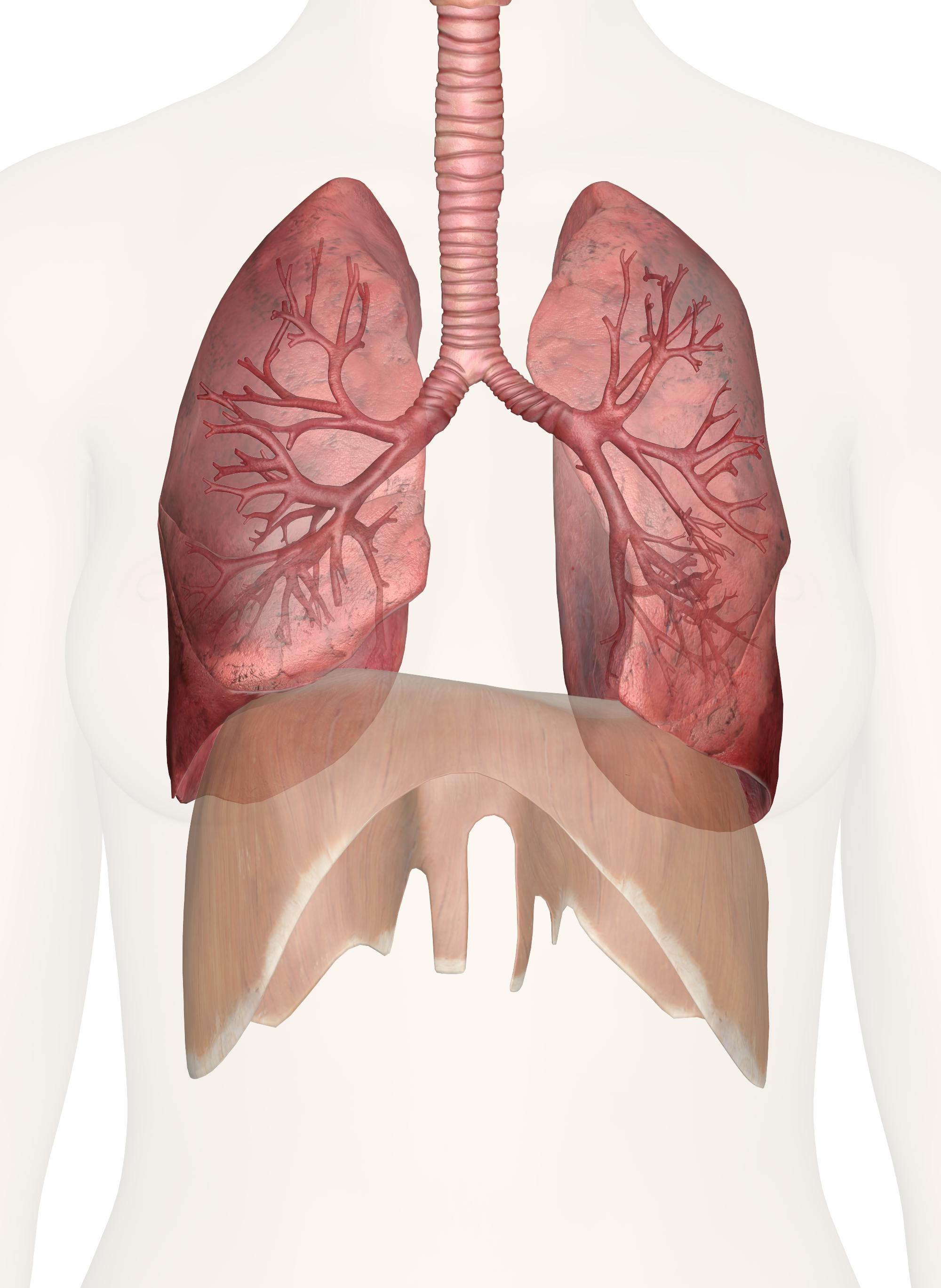
The human body is an intricate network, constantly sending signals about its internal state. Our lungs, vital for breathing and oxygenating the blood, can unfortunately develop diseases silently, often without obvious symptoms until an advanced stage. This reality makes understanding subtle, often overlooked, bodily clues paramount, particularly those that manifest on our hands and fingernails.
It might seem surprising, but your hands can act as unexpected early warning systems for a range of health concerns, including serious lung conditions. From the distinct shape of your fingertips to the nuanced color of your nails, these seemingly minor details offer crucial insights into both your respiratory health and broader systemic well-being. Recognizing these subtle shifts empowers you to seek timely medical evaluation, potentially averting serious complications and safeguarding your health by taking proactive steps toward early diagnosis and effective treatment.
1. **Clubbing of the Fingers**Clubbing of the fingers is a striking and clinically significant hand sign often pointing to underlying health issues, particularly those affecting the lungs. This condition is characterized by a noticeable swelling and rounding of the fingertips, making the nails appear more curved and often glossy. It typically develops gradually, meaning it can be easily missed unless specifically observed.
This distinctive alteration is frequently associated with chronic lung diseases such as chronic obstructive pulmonary disease (COPD), various forms of lung cancer, and pulmonary fibrosis. The primary physiological driver behind finger clubbing is often reduced oxygen levels in the blood. This lack of adequate oxygen prompts specific changes in the soft tissues at the fingertips, leading to their characteristic enlarged and rounded appearance, a process involving hypoxia and increased growth factors. A simple self-check, the “Schamroth sign,” involves placing corresponding nails together; the absence of a diamond-shaped window may indicate clubbing, warranting professional assessment.
If finger clubbing is identified, the focus shifts to diagnosing and managing the underlying condition, as clubbing itself does not require direct treatment. Early medical evaluation is paramount, especially if accompanied by other respiratory symptoms. A healthcare provider will examine the fingers, inquire about other symptoms, and may order tests like blood work or imaging to pinpoint the root cause and initiate appropriate intervention, significantly improving chances for early diagnosis and effective treatment.

2. **Cyanosis (Bluish Discoloration)**Cyanosis, identifiable by a distinct bluish tint on the nails, skin, or lips, is a critical warning sign that your body is not receiving sufficient oxygen. This visible discoloration directly signals low oxygen levels in the blood, known as hypoxemia. When oxygenated blood is plentiful, these areas appear pink; however, as oxygen saturation declines, the blood takes on a darker, bluish hue, becoming apparent through the skin.
In the realm of lung health, cyanosis serves as a direct indicator of diseases that severely impair oxygen absorption. Conditions like pneumonia, chronic bronchitis, and severe asthma attacks commonly lead to this symptom. These infections or inflammatory states can cause the lungs to fill with fluid or mucus, or constrict airways, preventing adequate oxygen from entering the bloodstream. The bluish tint is a stark visual alert that the respiratory system is struggling significantly.
It is crucial to understand that while mild cyanosis might occasionally be linked to cold temperatures, persistent or unexplained bluish discoloration should never be ignored. This urgency is amplified if it accompanies other serious respiratory symptoms such as acute shortness of breath or a worsening cough. The appearance of blue lips or fingertips is classified as a severe indicator of lung infection symptoms, emphasizing its seriousness and the need for prompt medical attention and intervention.

3. **Tremors or Shaking**Often associated with neurological conditions or anxiety, unexplained shaking or tremors in the hands can also function as a subtle yet significant indicator of respiratory distress or underlying oxygen deficiency, medically termed hypoxia. When the lungs are compromised, the body strives to maintain adequate oxygen levels, and this physiological strain can manifest as physical symptoms, including involuntary muscle movements like hand tremors.
In severe respiratory scenarios, such as acute asthma exacerbations or significant lung infections, the body’s compensatory mechanisms for insufficient oxygen uptake can trigger these tremors. The respiratory muscles may be working excessively, and the entire systemic equilibrium is under stress. Certain medications used to treat respiratory conditions, such as some bronchodilators, can also have stimulant-like side effects that may exacerbate or cause tremors.
Distinguishing between benign tremors and those indicative of a serious underlying problem is key. If hand tremors emerge suddenly, persist, or are accompanied by other worrying symptoms such as shortness of breath, rapid breathing, or unusual weakness and fatigue, they warrant further medical investigation. This combination suggests that the tremors could be a silent alarm indicating a struggle to adequately oxygenate the body’s tissues, requiring prompt medical assessment for diagnosis and intervention.
Read more about: Michael J. Fox: A Quarter-Century of Unwavering Optimism and Groundbreaking Impact in the Fight Against Parkinson’s

4. **Excessive Sweating of the Hands**While sweaty palms are a common and often benign response to anxiety, stress, or warm environments, persistent and unexplained excessive sweating of the hands can, in certain circumstances, signal more serious underlying health issues. Among these, the context explicitly mentions lung infections or heart failure that has resulted from chronic lung disease, making this a symptom worth investigating.
When the body is actively battling an infection, including those affecting the lungs, the immune system launches a robust response, often leading to systemic inflammation and an increased metabolic rate. This heightened activity, coupled with the body’s efforts to regulate temperature during a fever, can result in noticeably increased perspiration. The context specifically notes that profuse sweating and night sweats are common lung infection symptoms, particularly with conditions like tuberculosis.
If excessive hand sweating is persistent, not easily explained by environmental factors or emotional stress, and especially if it occurs alongside other respiratory symptoms like a chronic cough, difficulty breathing, or chest pain, it should not be dismissed. Consulting a healthcare professional is crucial to determine if it is merely primary hyperhidrosis or a subtle yet significant indicator of an underlying lung infection or a more complex systemic condition requiring medical attention.
Read more about: Master Your Recovery: 10 Science-Backed Strategies Professional Athletes Use to Bounce Back Faster

5. **Yellow Nails**The color of our fingernails can offer remarkably valuable insights into our internal health, and observing a persistent change to a yellow hue is one such sign that demands attention. While yellow nails are frequently attributed to external factors such as staining from smoking, the use of certain nail varnishes, or common fungal infections, they can also serve as an important indicator of various serious underlying health conditions, including specific lung diseases.
According to Dr. Donald Grant, “yellow nails can be an indicator of a range of health issues, including fungal infections or underlying health conditions such as lung disease.” Additionally, the provided context highlights that “pale or yellow nails could suggest poor circulation or respiratory issues.” These direct connections to lung disease and respiratory problems mean that this seemingly minor alteration should not be overlooked, particularly if it persists or is accompanied by other concerning symptoms.
Given the diverse spectrum of potential causes, from benign to severe, it is vital to seek further advice from a General Practitioner (GP) for an accurate diagnosis. A healthcare professional can help distinguish between a straightforward fungal infection, which requires specific antifungal treatment, and a more serious underlying health condition like lung disease, which would necessitate comprehensive diagnostic tests and specialized medical care. Ignoring persistent yellowing could mean missing an early opportunity to address a burgeoning health concern.
Read more about: Unleashed Power: Ranking the 15 Most Dominant ’70s Muscle Cars by Pure Horsepower
6. **Pitted Nails**Small dents or pits forming on the surface of your fingernails are another specific nail alteration that can signal systemic health issues. The NHS website explicitly states: “Small dents or pits in your nails can be a sign of nail psoriasis, eczema or alopecia.” Among these conditions, psoriasis is a prominent cause, and in severe cases, it can lead to the nails becoming brittle and crumbling entirely.
Nail psoriasis, a manifestation of the chronic autoimmune condition psoriasis, affects a significant percentage of individuals with the skin condition and those with psoriatic arthritis. The characteristic pits on the nails result from a disruption in the normal keratinization process during the formation of the nail plate. While primarily affecting the skin, psoriasis is a systemic inflammatory disease that can impact various organs and systems in the body, including joints.
Although pitted nails are not a direct sign of a lung infection, they signify an ongoing inflammatory process within the body. Systemic inflammatory conditions can indirectly influence respiratory health, either through direct involvement of the lungs or by increasing susceptibility to infections. If you observe small dents or pits, especially with skin rashes or joint pain, it is prudent to consult a healthcare professional for assessment and appropriate treatment or referral.
Read more about: 14 Legendary Sniper Systems: Engineering That Endured the Battlefield’s Toughest Tests
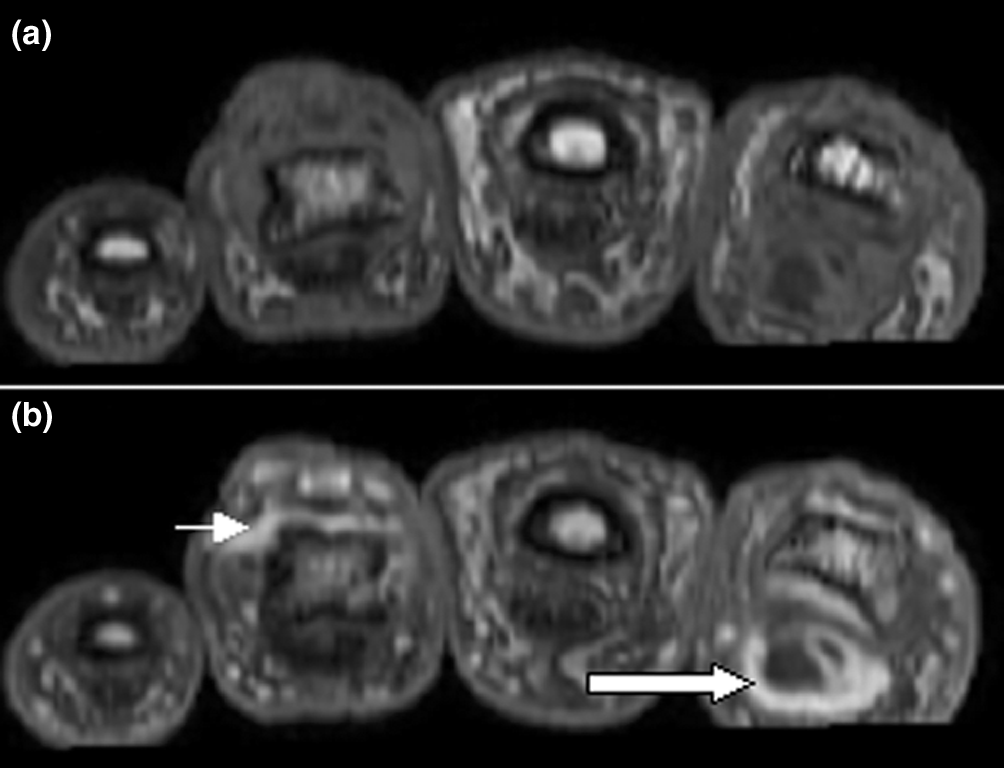
7. **Thickened Fingers (Dactylitis)**Beyond subtle nail characteristics, pronounced alterations in the overall structure of the fingers, such as noticeable thickening, can serve as a serious warning sign for potentially dangerous diseases. One specific manifestation is dactylitis, characterized by fingers that become distinctly wider in appearance. This symptom is considered separate from general finger clubbing, although it can occasionally coexist or indicate related underlying pathology.
The provided context explicitly links the widening of fingers and clubbing of fingernails to pulmonary fibrosis, a severe and progressive type of lung disease. Pulmonary fibrosis causes scarring in the lungs, making them stiff and significantly impeding breathing function. The body’s response to diminished lung efficiency and compromised oxygen exchange can lead to these changes in the extremities, establishing thickened fingers as a crucial clinical indicator for respiratory specialists.
Dactylitis is also recognized as a potential sign of other serious systemic conditions, including sickle cell disease, tuberculosis, and various bacterial infections. Given the diverse and potentially grave causes, Dr. Donald Grant strongly advises people to “seek urgent medical attention if they notice any changes to their fingers.” Early recognition and prompt medical evaluation are critical for rapid diagnosis and intervention, which can be life-saving, requiring a detailed examination and a range of diagnostic tests.
Having explored the crucial warning signs that manifest on our hands and nails, it’s time to delve deeper into the systemic symptoms that often accompany lung infections. These internal signals, while sometimes subtle, are equally vital for early detection and intervention. Recognizing these broader bodily changes empowers you to connect the dots and seek timely medical guidance, ensuring comprehensive care for your respiratory health.
This next section illuminates seven essential systemic symptoms of lung infections, guiding you through their significance and when to seek urgent medical assessment. These signs move beyond the visible extremities, focusing on how your body communicates its internal struggle through fever, persistent coughs, fatigue, and other critical indicators.
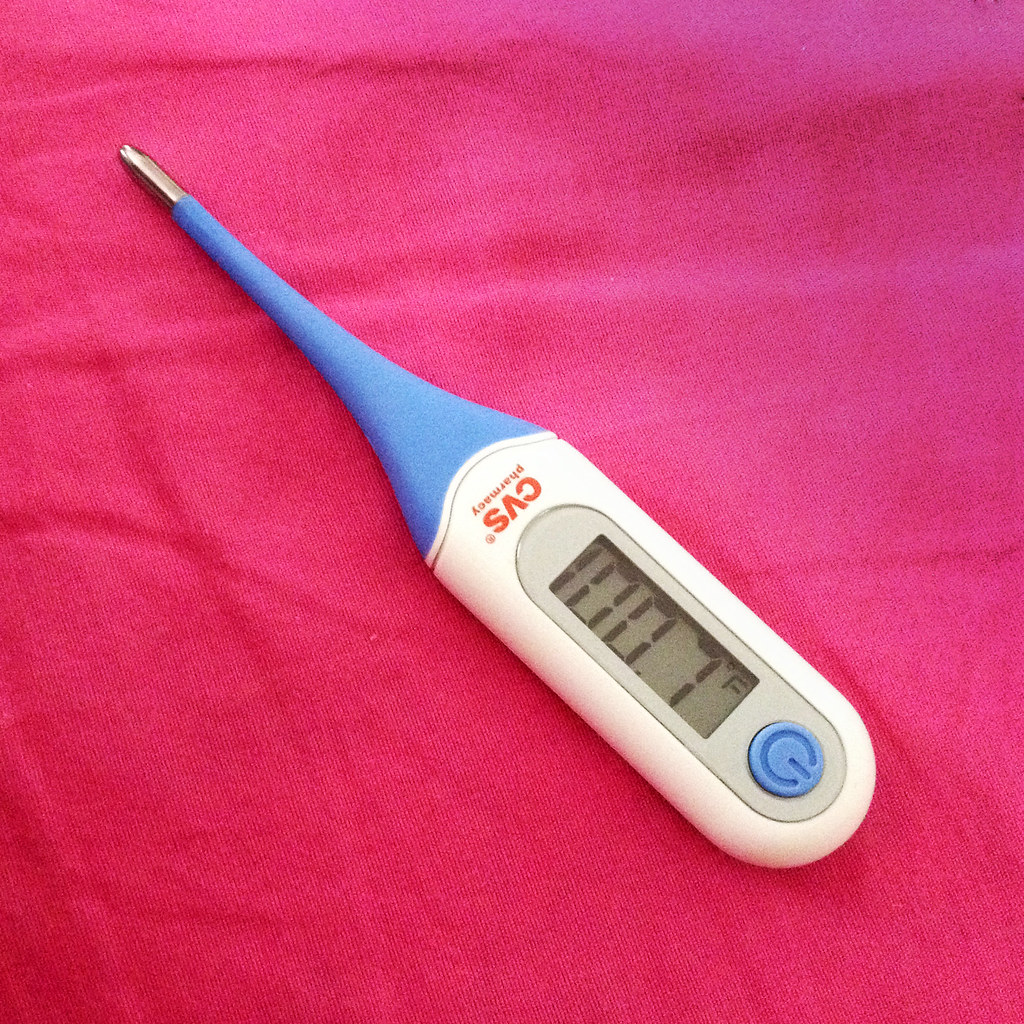
8. **Fever**One of the most universally recognized responses to infection, a fever is your body’s deliberate mechanism to combat invading pathogens, including those afflicting your lungs. When the immune system detects a threat, it raises the body’s core temperature, creating an environment less hospitable for bacteria and viruses to thrive. This elevation in temperature is a clear indicator that your immune system is actively engaged in a battle, working tirelessly to restore health.
Lingering or unexplained fevers, particularly if they persist for an extended period, should never be dismissed. While a mild fever might initially be brushed off as a transient cold, its duration and recurrence, especially when paired with other respiratory symptoms, can provide crucial insight. Such a combination strongly suggests that your body has been, or currently is, grappling with a lung infection that demands closer investigation.
Understanding the context of a fever is key. If it repeatedly appears without clear cause, or if it spikes and falls in a cyclical pattern, it’s a significant alarm. Consulting a healthcare professional is paramount to determine the underlying cause and ensure that what might seem like a minor ailment isn’t a silent, escalating lung issue. Early assessment can differentiate between a common cold and a more serious condition, paving the way for appropriate and effective treatment.
Read more about: Hollywood Heartbreakers: 14 Major Actors Who Absolutely Refused to Share the Screen Again
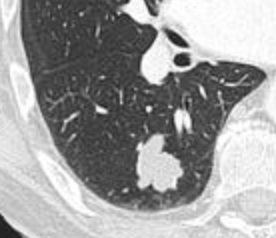
9. **Persistent Cough**Perhaps the most stereotypical symptom of a respiratory ailment, a persistent cough is far more than a mere irritation; it’s a powerful reflex designed to clear irritants and mucus from your respiratory tract. When this protective mechanism becomes prolonged, lasting several weeks or even longer, it often indicates an ongoing issue within the lungs, such as inflammation or an active infection. A cough that simply refuses to go away is a clear signal that something is amiss in your airways.
Many individuals might initially attribute a lingering cough to a common cold, seasonal allergies, or even post-nasal drip. However, if this cough persists despite home remedies or typical allergy treatments, it warrants a deeper look. It could be a direct manifestation of your lungs struggling to expel pathogens or inflammatory byproducts from an infection that has settled deep within the respiratory system.
The nature of the cough also provides valuable clues. A dry, hacking cough can differ significantly from a productive cough that brings up mucus. Both, if persistent, demand medical attention. A healthcare provider can assess the type of cough, its duration, and accompanying symptoms to rule out serious infections and determine the necessary course of action, ensuring that a simple cough isn’t masking a more severe underlying lung condition.
Read more about: Owner’s Group Chatter: 11 Critical Sensors That Allegedly Go Kaput on Used Cars Before You Hit the Big 5-0
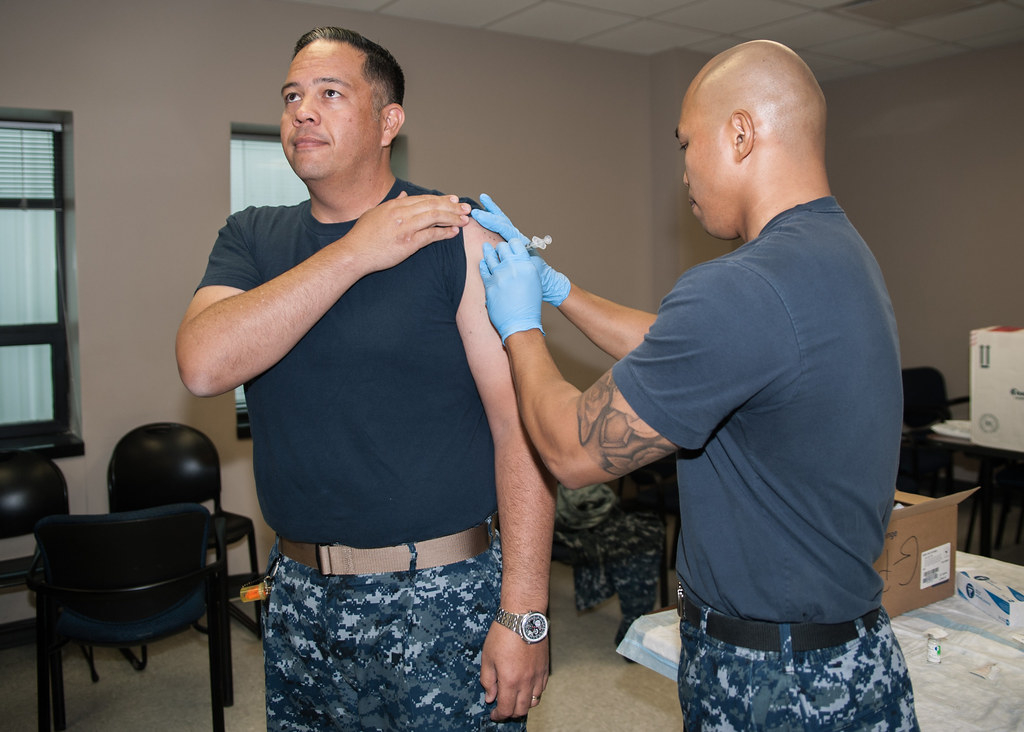
10. **Weakness and Fatigue**Feeling unusually tired, drained, or experiencing a pervasive sense of weakness that doesn’t resolve with adequate rest is a compelling sign that your body is expending significant energy on an internal battle. When your immune system activates to fight a lung infection, it mobilizes substantial resources, diverting energy and nutrients toward combating harmful bacteria or viruses. This intense physiological effort can leave you feeling profoundly depleted, even if other more overt respiratory symptoms are absent or mild.
This type of fatigue goes beyond typical everyday tiredness; it’s a deep-seated weariness that can impact your ability to perform routine activities. It signifies that your body’s energy reserves are being channeled into a critical defense mechanism. Even if you didn’t consciously recognize a full-blown infection, persistent fatigue can be a retroactive indicator that your body was, in fact, working overtime to overcome a hidden lung issue.
If you find yourself battling inexplicable fatigue that lingers for an extended period, it’s a signal to pay attention to your overall health. Combined with other subtle cues, such as a mild cough or occasional shortness of breath, persistent weakness and fatigue should prompt a medical consultation. Your doctor can help uncover the root cause, determining if it’s merely stress or a more serious underlying condition that your body has been silently fighting.
Read more about: Beyond the Surface: 11 Critical Reasons Why Your Car’s Body Kit Might Be Cracking and How to Tackle Them

11. **Runny Nose**A runny nose is an incredibly common symptom, frequently dismissed as a minor annoyance associated with allergies or the common cold. However, this seemingly innocuous symptom can also be a significant indicator of a broader respiratory infection, including those that extend to the lungs. The increased mucus production is the body’s proactive way of flushing out irritants, allergens, and, crucially, pathogens from the nasal passages and upper respiratory tract, demonstrating an active immune response.
While a runny nose itself doesn’t directly pinpoint a lung infection, its presence, especially when combined with other subtle or generalized symptoms, can offer valuable context. If you experienced a persistent runny nose alongside feelings of unusual fatigue, a mild cough, or even a low-grade fever, it could collectively signal that your immune system was engaged in combating a respiratory infection that had a systemic impact, possibly reaching the lungs without you fully realizing its extent.
It’s important to consider the bigger picture when assessing a runny nose. If it’s part of a cluster of symptoms, particularly if those symptoms are persistent or worsen, it warrants careful attention. Discussing this with a healthcare professional can help differentiate between benign seasonal allergies and a more serious underlying infection, guiding you toward appropriate care and ensuring that no vital warning sign is overlooked.
Read more about: Don’t Get Sleepy: Navigating Medications for Greater Clarity and Fewer Side Effects

12. **Shortness of Breath**Experiencing shortness of breath, medically known as dyspnea, is a profoundly unsettling symptom and a critical warning sign that your lung function may be compromised. This can manifest as difficulty breathing during even light physical activity, or, in more severe cases, at rest. When your lungs are inflamed, congested with fluid, or damaged due to an infection, their ability to efficiently exchange oxygen and carbon dioxide is severely impaired, making every breath a struggle.
Individuals might mistakenly attribute this symptom to being out of shape, temporary nasal congestion, or even anxiety. However, if shortness of breath occurs suddenly, persists, or progressively worsens, it is a serious red flag. It indicates that your respiratory system is actively struggling to provide your body with adequate oxygen, which is essential for every bodily function. Such a symptom demands immediate attention, as it can escalate rapidly.
If you notice persistent or unexplained shortness of breath, especially when it is accompanied by other warning signs like a chronic cough, chest pain, or significant fatigue, prompt medical evaluation is non-negotiable. A healthcare provider will be able to perform diagnostic tests to identify the underlying cause, whether it’s an acute lung infection, a chronic respiratory condition, or another serious medical issue. Early diagnosis is crucial for preventing further complications and initiating effective treatment.
Read more about: Breathe Better, Run Further: Essential Insights from Pulmonary Physicians on Key Air Pollutants and Lung Protection
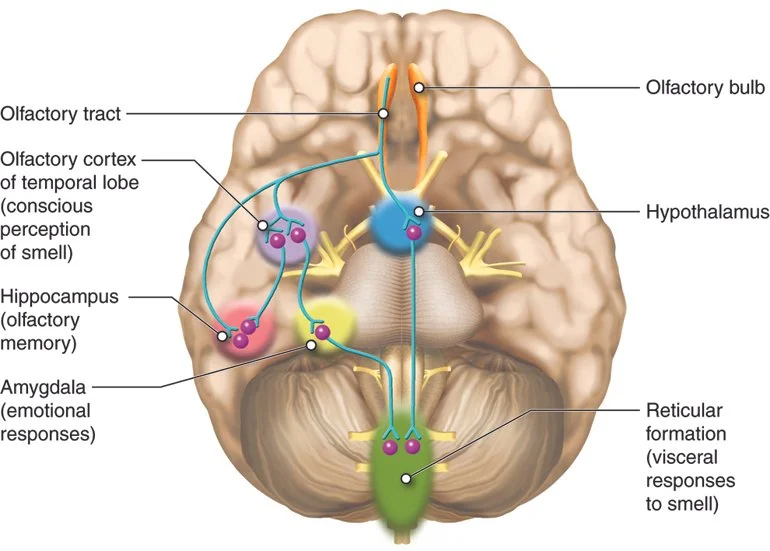
13. **Loss of Taste or Smell**The sudden loss or significant alteration of your sense of taste (ageusia) or smell (anosmia) might seem like an odd symptom to associate with lung infections, given its sensory nature. However, it can be a distinct indicator of various respiratory infections, including those that profoundly affect the lungs. This occurs when an infection triggers inflammation within the nasal passages and upper respiratory tract, disrupting the delicate sensory receptors and nerve pathways responsible for processing these chemical signals.
While most commonly and notably linked with viral illnesses such as influenza and, more recently, COVID-19, the temporary loss of these senses can also accompany other types of respiratory infections. It serves as a testament to the systemic reach of pathogens that target the respiratory system, impacting even seemingly unrelated bodily functions. The sensory disruption can be disconcerting, often highlighting a significant inflammatory process underway.
If you experience a sudden or noticeable change in your ability to taste or smell, particularly if it coincides with other cold-like symptoms, it’s a signal to consider the possibility of a respiratory infection. While often temporary, its presence should prompt you to monitor for additional symptoms and consider a medical consultation. This unique indicator can help in the broader assessment of your health and guide your healthcare provider toward an accurate diagnosis of an infection impacting your respiratory system.
Read more about: Unlock Your Pantry’s Potential: 15 Simple Steps to Start Your Food Preservation Hobby
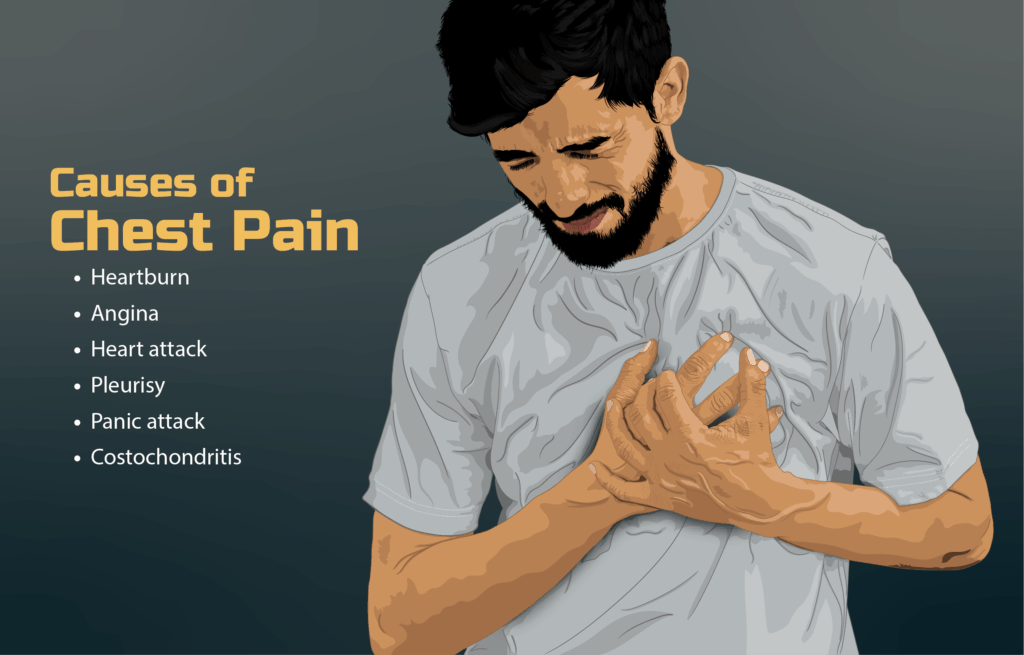
14. **Chest Pain**Chest pain is a symptom that, understandably, often causes immediate concern. While it can be associated with various conditions, including cardiac issues, it is also a highly significant warning sign for lung infections. When the lungs and the surrounding tissues, such as the pleura (the membranes lining the lungs and chest cavity), become inflamed due to an infection, it can lead to noticeable discomfort or a sharp, sometimes debilitating, pain in the chest area, particularly when breathing deeply or coughing.
Many individuals might initially dismiss chest pain as muscle strain from strenuous activity, indigestion, or even anxiety. However, if this pain is persistent, worsens with breathing or coughing, or is accompanied by other respiratory symptoms, it should never be taken lightly. Such a combination suggests that the underlying cause is likely related to the lungs, and an infection is causing distress and inflammation within the thoracic cavity.
It is imperative to seek prompt medical attention if you experience chest pain, especially if it’s accompanied by a cough, shortness of breath, or fever. A healthcare professional will need to conduct a thorough examination and potentially order diagnostic tests, such as a chest X-ray or blood tests, to pinpoint the exact cause. Early and accurate diagnosis of chest pain stemming from a lung infection is crucial for preventing complications and initiating timely, effective treatment, potentially averting a more serious health crisis.
**Taking Control: Your Lungs, Your Lifeline**
The human body is an extraordinary communicator, constantly providing feedback on its internal state. From the subtle changes in your fingernails to the more overt systemic signals like fever or persistent cough, recognizing these warning signs is your most powerful tool in safeguarding respiratory health. Lung infections, if left untreated, can escalate rapidly, leading to severe complications, hospitalization, or chronic conditions that diminish your quality of life. Empowering yourself with this knowledge is the first step toward proactive health management.
Read more about: Gone But Not Forgotten: 14 Legendary Naturally Aspirated Engines That Redefine Automotive Purity
Never dismiss persistent or unusual symptoms, especially if they appear in combination. What might seem like a minor inconvenience could be your body’s urgent plea for attention regarding a brewing lung infection. Early detection, facilitated by your awareness and timely consultation with a healthcare professional, significantly improves outcomes, reduces recovery time, and protects your vital lungs. Be vigilant, listen to your body, and act decisively to maintain your respiratory well-being.



